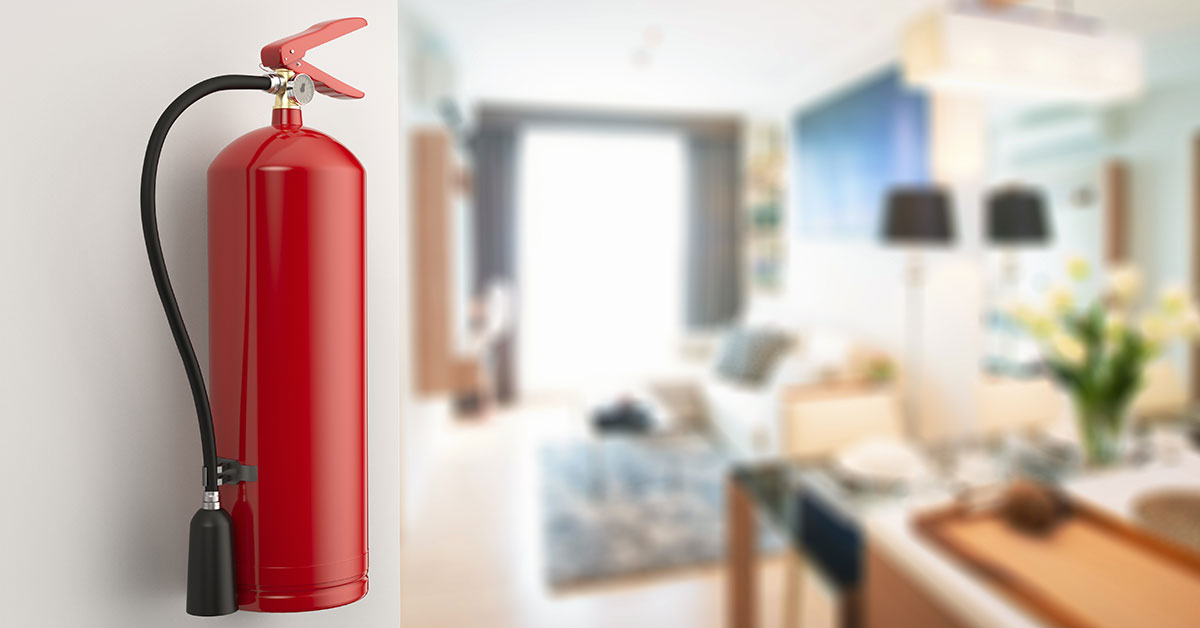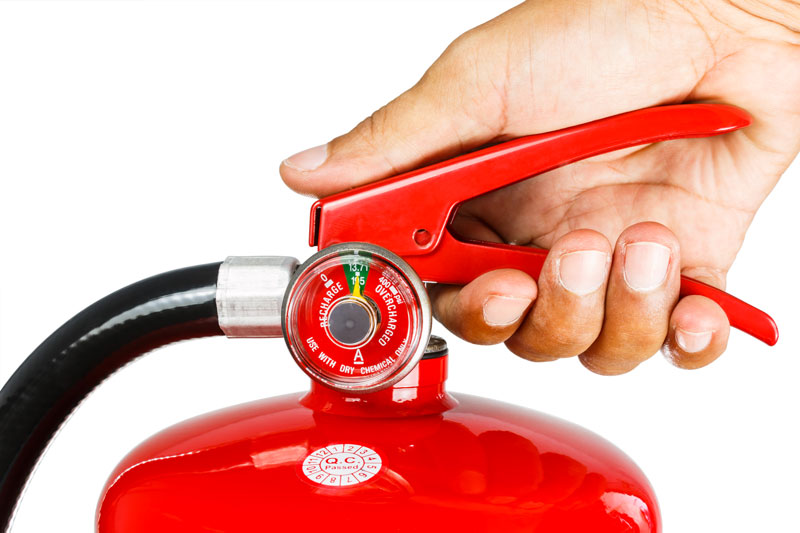Extinguishers

Understanding Fire Extinguisher Types
This household necessity collects dust until the moment when you need it the most. Don’t underestimate the power behind your household fire extinguishers. It’s time to optimize your firefighting success by pairing the correct extinguisher with its associated fire type. Does your home have the correct extinguishers in the proper places?
Type A: Combustible Materials
- Wood
- Paper
- Cloth
- Rubber
- Plastic
Type B: Combustible Liquids
- Flammable Liquids
- Grease
- Paper
- Paints and Stains
- Alcohol
- Gasses
Type C: Electrical
- Short Circuits
- Overloaded Outlets
Selecting an Extinguisher
Fire extinguishers come in two types: Rechargeable and Disposable. Rechargeable extinguishers may be reused after service. Disposable extinguishers must be replaced after the pin is pulled. Experts recommend storing at least one fire extinguisher on each floor of your home. So, it probably makes sense to store Type A Extinguishers close to living areas.
But what about the kitchen or garage, where it’s likely that a mix of flammable materials and sources combine?
Combination A-B-C Fire Extinguishers are available for general use and work wonderfully in home applications. Select the largest size extinguisher you and your family members can lift and operate. Of course, once you have your new fire extinguisher(s) home, be sure to follow the manufacturer’s instructions for placement, mounting and proper use.
Using a Fire Extinguisher
P – PULL the pin
A – AIM low, at the base of the fire
S – SQUEEZE the lever slowly and evenly
S – SWEEP the nozzle from side to sideFire safety professionals offer these additional tips:
- Keep the room’s exit to your back, so you can get out quickly if needed.
- If the room you’re working in fills with smoke or the fire becomes hard to control, leave immediately.
- Check your home’s fire extinguishers monthly to ensure their pressure meter reads green or full.
- Replace or recharge extinguishers immediately after use.
- Always evacuate the premises and dial 911.

